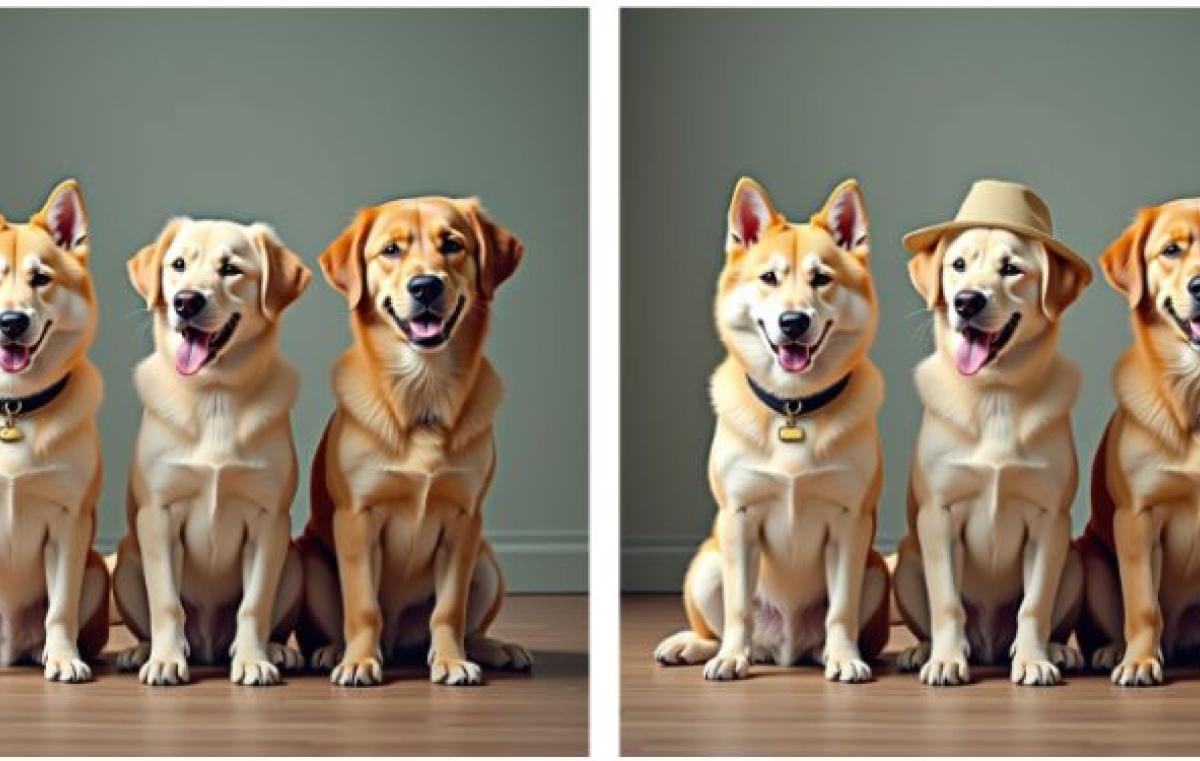No Photoshop Needed
Meet Add-It, the Israeli AI tool that understands light, space, and spatial context

A revolutionary AI tool developed by researchers from Bar-Ilan University, Tel Aviv University, and NVIDIA Israel is drawing international attention after being presented at ICLR 2025, one of the world’s leading conferences on machine learning.
The new tool, called Add-It, allows users to insert new objects into existing images using simple text prompts—while maintaining realistic integration with lighting, texture, and spatial context. Unlike other AI image editors, Add-It understands the underlying physics of the scene and requires no additional training to perform its magic.
Behind the scenes of this innovation is Prof. Gal Chechik of Bar-Ilan University, a senior director at NVIDIA and head of its Israel AI Research Center. He led the project alongside Prof. Lior Wolf of Tel Aviv University and Mentee Robotics, with contributions from PhD students and NVIDIA researchers Dvir Samuel (Bar-Ilan University) and Yoad Tebel (Tel Aviv University).

Beyond Cut and Paste: AI That Understands the World
While tools like Photoshop and generative AI models allow object insertion, results are often clumsy or unrealistic. Add-It changes the game. Whether it’s placing a hat on a head (with curls left intentionally outside), adding a meal to a plate, or seating a person naturally on a sofa, the results are remarkably convincing.
The breakthrough lies in how the tool "thinks." It doesn’t simply generate a new image—it combines three information sources: the original image, the user’s text prompt, and the AI-generated outcome. This tri-source attention mechanism ensures spatial and visual consistency.
Prof. Chechik explains: “Adding a new object into a complex scene using only text input is a delicate challenge. It requires preserving the integrity of the original image while seamlessly blending in the new object. Existing models struggle with this balance, but Add-It has shown significantly improved results—preferred by human evaluators in 80% of cases.”

The Goal: Building Simulated Worlds
Why images? Prof. Chechik offers a broader vision: “Images are the building blocks. From there we move to video, to 3D scenes, and eventually to full physical simulations. Our ultimate goal is to create 'digital twins'—realistic simulated environments where we can test, explore, and design solutions before implementing them in the real world.”
Such tools have potential applications far beyond image generation: from protein structure prediction to weather modeling, the underlying technology—known as diffusion models—has a wide range of uses.
A Global Stage for Israeli Innovation
The tool was unveiled at ICLR 2025 in Singapore, a hub for the rapidly growing AI communities of Southeast Asia. More than 8,000 participants attended the event, with NVIDIA presenting over 70 papers on topics ranging from healthcare to robotics. While Israeli representation at the conference was relatively limited, the success of Add-It highlights the exceptional talent and collaborative strength of Israeli academic and industrial research.
As the AI revolution accelerates, Bar-Ilan University continues to play a vital role in advancing responsible, world-leading innovation—developing tools not only of technical brilliance but of wide-reaching impact.
*All images by Nvidia.